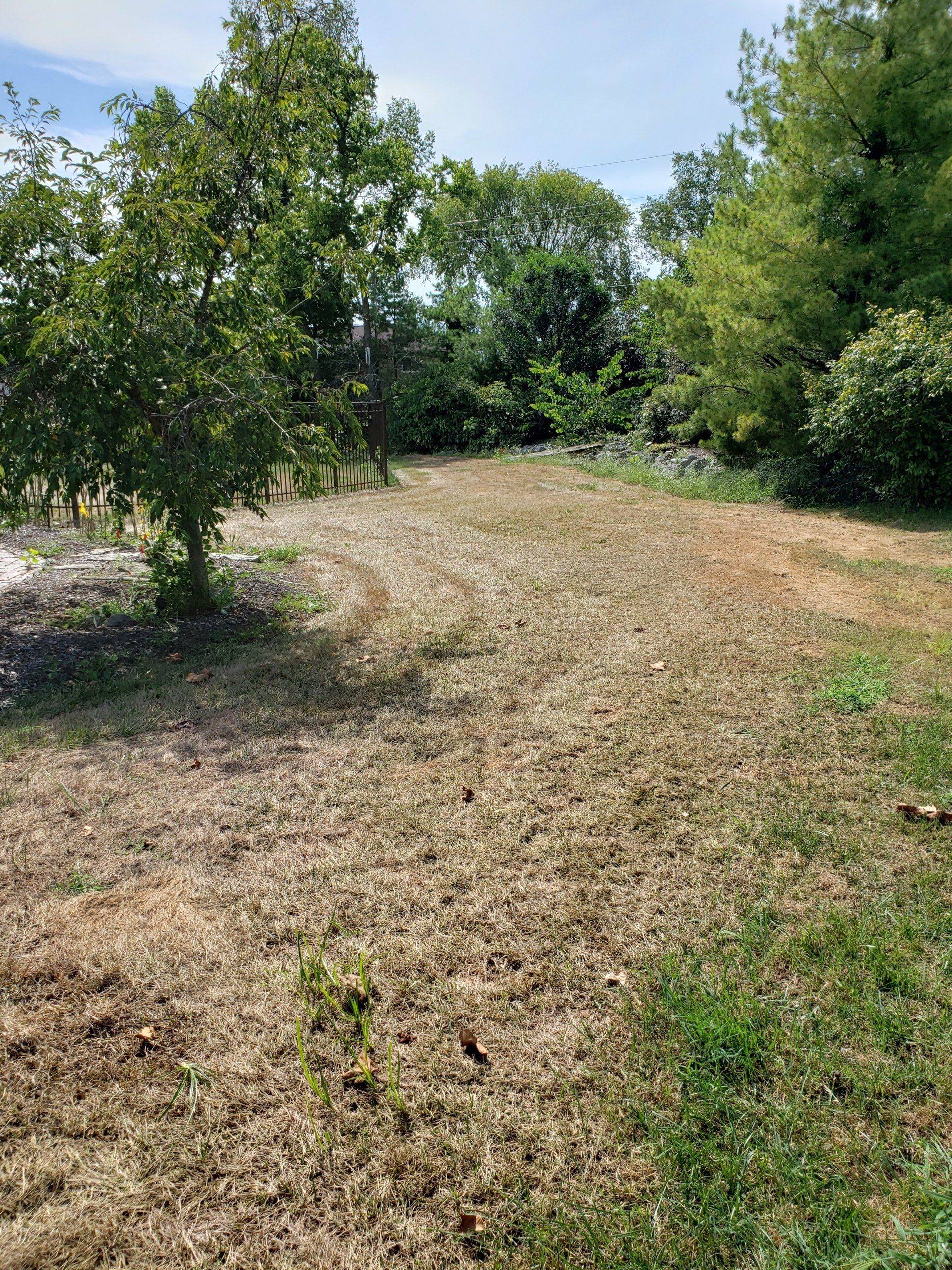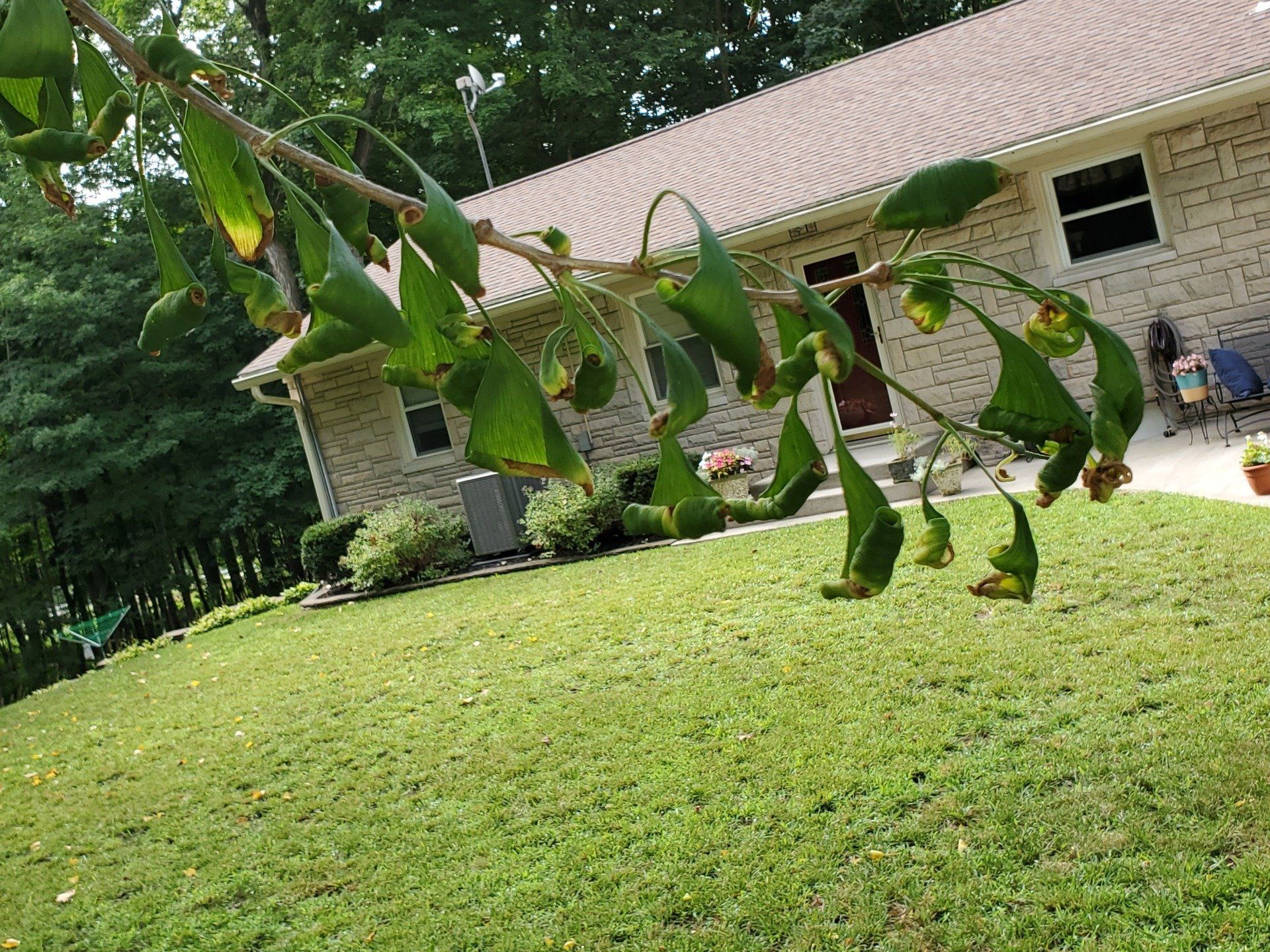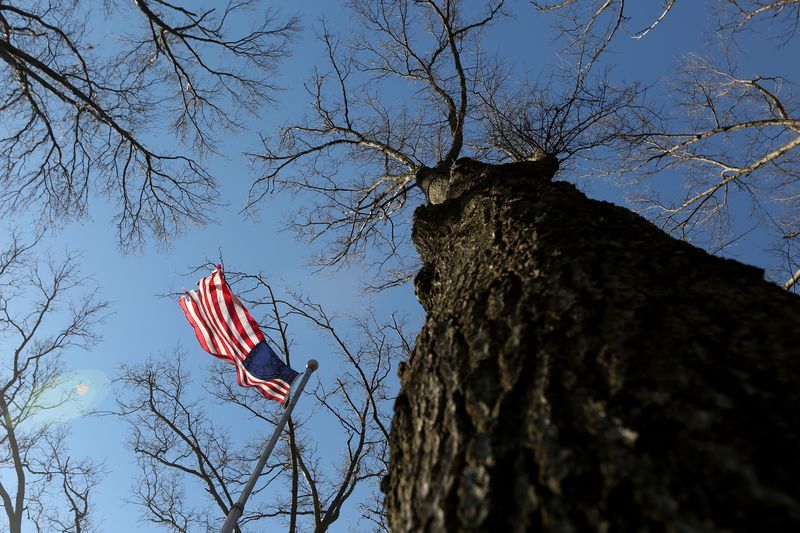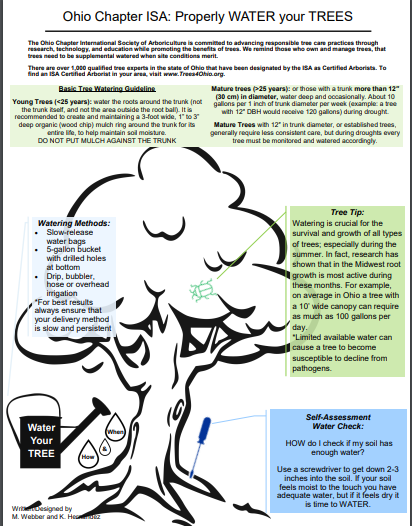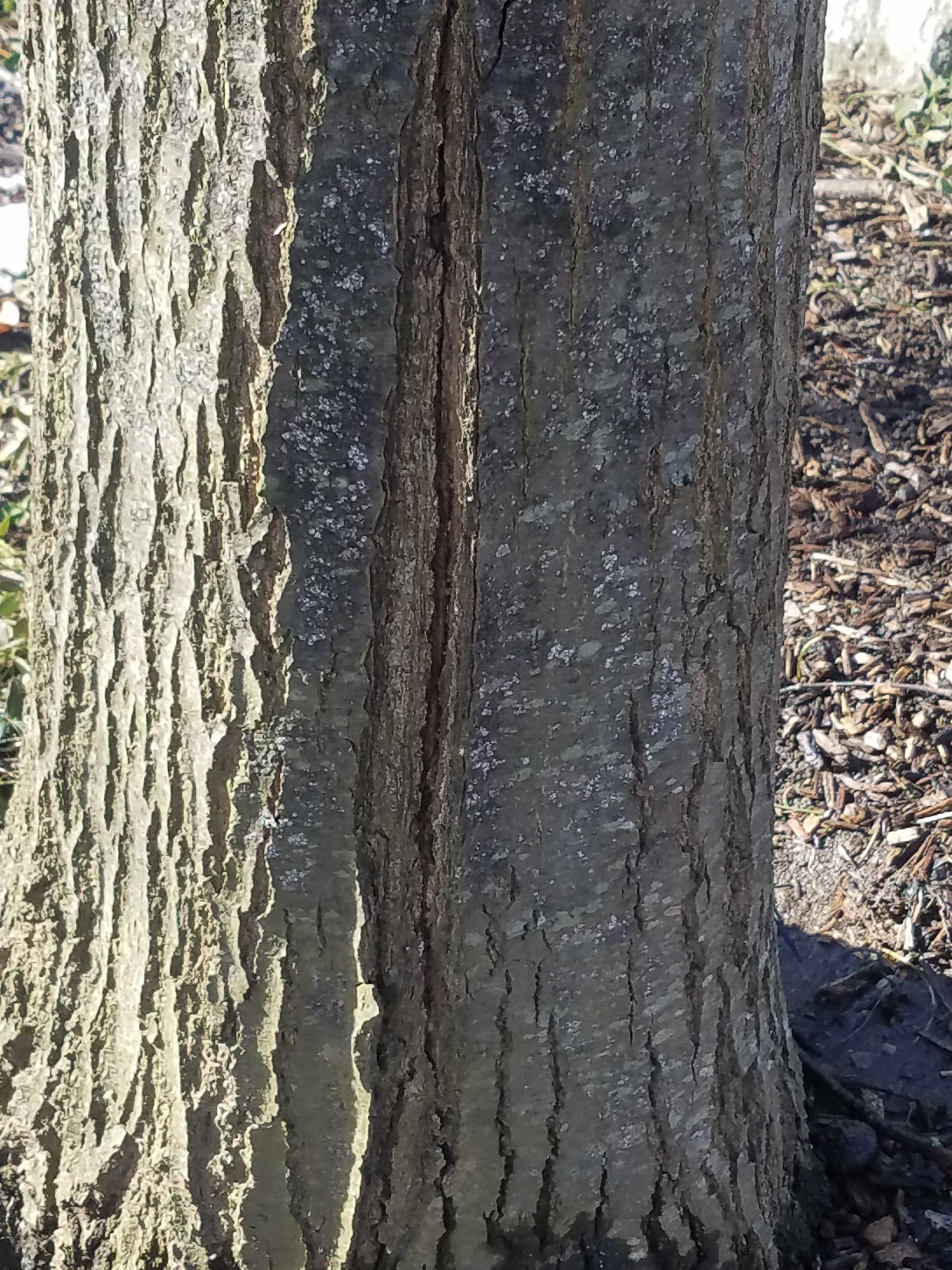Crab Germination has begun!
The real story about crabgrass.
(Photograph Source MkWebber 2015)
According to the growing degree days( http://www.gddtracker.net
) we have just crossed over into 100 days for the required time for crabgrass seed to germinate. Today is April 23rd ,2018 and historically crabgrass germinates in southwestern Ohio around April 15th and I have seen it germinated as early as April 1. Keep in mind there are two primary species of Crabgrass. The first being Digitaria sanguinalis
, which is the Large or Hairy Crabgrass. The second being Digitaria ischaemum
or commonly known as Small or Smooth Crabgrass.
What Crabgrass looks like
Large crabgrass has 2–6" long, fairly wide, “hairy” leaves. Seed heads are tall spikes with 2–9 “branches” which appear purplish when producing seed from mid-spring through fall. Look for it in disturbed areas of turf and soil. Can grow up to 2 ft. tall. Small/smooth crabgrass is low growing and does not have the fuzzy leaves of large crabgrass. The best way to identify any grass is by studying its nodes, collar, ligule, and sheath
Here is how Crabgrass grows.
Crabgrass seeds are dormant for a short period of time after they shed from plants. Seed germination is related to soil temperature. When the soil temperature at the surface reaches 55°F for four or five consecutive days, crabgrass begins to germinate. Seeds germinate best from early spring to late summer. Crabgrass continues to grow until midsummer when days become shorter. Vegetative growth slows and plants enter their reproductive stage. Purplish seed heads form until frost kills the plants. Plants that emerge early in the season and have a long period of vegetative growth are much larger and more competitive than plants that germinate late in the season. Crabgrass grows well in hot dry conditions, and poor soil, and will out compete turfgrasses that are under heat stress.Large crabgrass grows well in both lawn and field. Small/Smooth is more often found in turfgrass.
Best Management Practices
Maintain proper soil fertility by conducting a soil test every 3–5 years and following the . Fertilize at the proper time for turfgrass root development, primarily fall (late spring at times when turf is weak and thin), irrigate if needed, mow at proper height (removing no more than 1/2 of the blade, amend poor soil, choose proper turfgrass seed for your conditions, buy quality seed, overseed thin spots in fall or early spring, remove thatch. Take steps to maintain shoot density and rooting. Don't rely completely on pre emergent herbicides to control crabgrass.
Treatment Methods
The basic principle of a crabgrass management program is to prevent re-infestation by seeds. Controlling seed production for several years will help reduce the viable seed supply. Crabgrass is not likley be controlled in one growing season because of the great number of viable seeds that accumulate in the soil from years of infestation. A good weed management program in landscapes is one that consists of both focused cultural practices and the use of herbicides as appropriate for the control of any given species. Satisfactory control may require several seasons of conscientious adherence to a good management program. Establishing a dense and healthy stand of turfgrass is the best way to control crabgrass and other annual weeds including grasses and broadleaf weeds. The proper mowing height and frequency, fertilization and irrigation are part of a sound weed control program and should be practiced throughout the growing season. Seed in late summer for new lawns. Crabgrass will die out after fall frost. Mow at 2–3" to “shade” the soil and keep it cool. Water deeply once a week rather than frequent light irrigation during drought conditions. Avoid summer fertilization because crabgrass benefits more than turfgrasses at this time, unless the turf is being used for summer sports, and is irrigated, in which case there should be moderate fertilization provided (minimum 50–75% slow release nitrogen).

